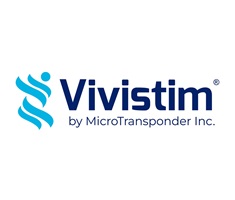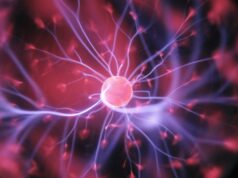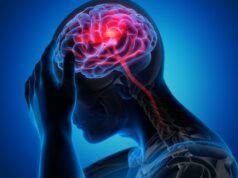 Microtransponder has announced that neurosurgeon Ronald Benitez (Atlantic Brain and Spine, Morristown, USA) presented safety and outcomes data from the largest, real-world cohort of stroke survivors treated with the Vivistim device to date during the 2025 International Stroke Conference (ISC; 5–7 February, Los Angeles, USA).
Microtransponder has announced that neurosurgeon Ronald Benitez (Atlantic Brain and Spine, Morristown, USA) presented safety and outcomes data from the largest, real-world cohort of stroke survivors treated with the Vivistim device to date during the 2025 International Stroke Conference (ISC; 5–7 February, Los Angeles, USA).
Manufactured by Microtransponder and US Food and Drug Administration (FDA)-approved as a Breakthrough Device, Vivistim is described in a company press release as an implantable device that helps ischaemic stroke survivors live fuller lives by pairing vagus nerve stimulation (VNS) with occupational or physical therapy to help improve hand and arm function two-to-three times more than traditional stroke therapy alone.
“These outcomes are especially compelling considering patients showed positive responses to paired VNS therapy with Vivistim despite an average of 3.6 years post-stroke, supporting the efficacy of this innovative treatment in the chronic stroke population,” Benitez commented. “Presenting these data at ISC to my fellow neurosurgeons and other healthcare professionals is significant because it demonstrates how this soon-to-be standard of care enhances outcomes for stroke survivors safely and effectively.”
During his oral abstract presentation on 5 February at ISC 2025, Benitez highlighted the following methodology and results:
- Some 25 post-acute stroke patients with moderate-to-severe motor impairments in the arm and hand were included
- Vivistim—delivered via a standard VNS implant procedure that requires no additional surgical training—was implanted safely with no infections or surgical complications
- Overall, 22 of 25 patients completed the six-week Vivistim therapy protocol, with patients ranging in age from 40–80 years (mean age, 62.6 years) and time to implantation post-stroke ranging from one to 11 years
- The mean improvement in Fugl-Meyer assessment-upper extremity (FMA-UE) scores was 9.53 points, with the average baseline score being 33 and the average post-therapy score being 43
- The patient with the longest follow-up (22 months) showed continued progress, shaving almost one minute off of timed tasks
Microtransponder’s recent release states that similar findings are being reported by other Vivistim providers, which account for 20% of Joint Commission Comprehensive Stroke Centers and 50% of Becker’s 2024 100 Great Neuro and Spine Programs.
“Chronic stroke recovery is emerging as a key theme at ISC and among healthcare professionals, partly because Vivistim is the first clinically proven innovation in 30 years that helps increase neuroplasticity for ischaemic stroke survivors,” said Richard Foust, chief executive officer (CEO) of Microtransponder. “We’re proud to be at the forefront of chronic stroke recovery and partner with some of the best neurosurgeons, neurologists, physiatrists, occupational therapists, physical therapists and other stroke professionals, who are excited to renew hope for their patients.”










